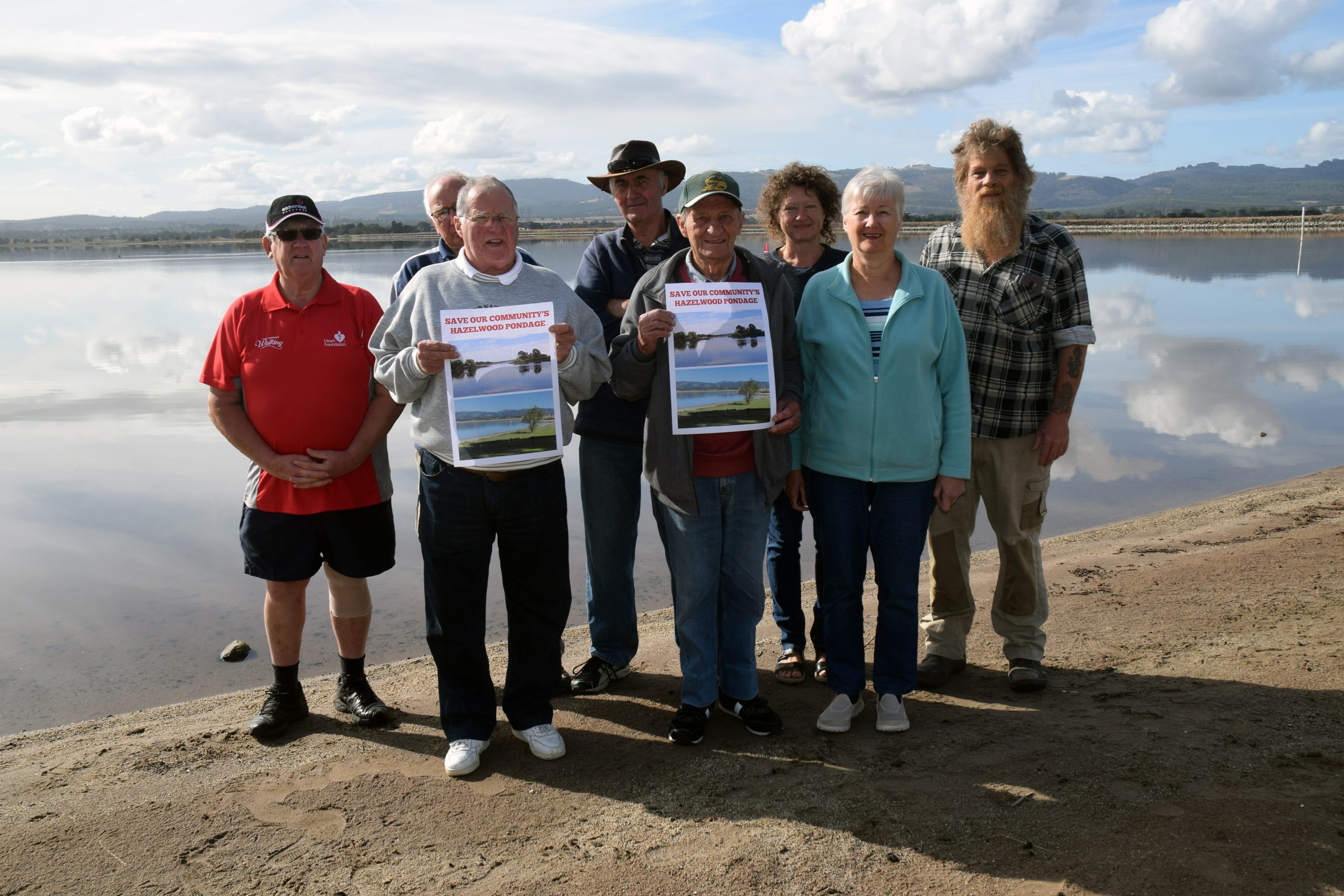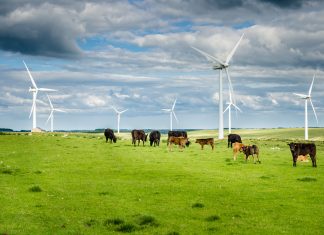By PHILIP HOPKINS
A 1000 megawatt nuclear power station using South Korean expertise could be built in the Latrobe Valley in seven years, with a fleet possibly in 11 years, at an estimated cost of $10 billion each, according to an Australian nuclear expert, Robert Parker.
Mr Parker, who spoke on nuclear power last year at the Morwell RSL, was commenting on a report of a nuclear power delegation to South Korea in January in which he participated. Mr Parker was invited on the tour by the Opposition spokesman on Energy, Ted O’Brien.
“I paid my own way and received no industry funding,” he said.
He emphasised that he is not a member of any political party, but in 2007 he was the endorsed ALP candidate for the NSW state seat of Goulburn.
The tour covered meetings with eight South Korean nuclear energy companies, manufacturers and educational institutions. It followed a similar tour in 2018.
Mr Parker said Samsung Construction and Trading Corporation estimated a large APR 1400MW nuclear power plant would take seven years to build.
Korea Hydro & Electric Power (KHNP), which supplies 32 per cent of the country’s electric power, also estimated a construction time of seven years.
“They are looking forward to delivering two APR1000MW units to the Czech Republic – on time and on budget,” he told the Express.
“We were advised by KHNP and the Korean contractors that the last few years has been spent on identifying suitable equipment suppliers in the Czech Republic and identifying opportunities for localisation.”
Each reactor has six teams with 11 operators per team. Total staffing in each reactor is about 500.
Mr Parker told the Express that the Korean bid to the Czech Republic for the APR1000 units cost $US8b each, or $A12b. This was somewhat “gold plated” and included double-walled containment vessels and other localised features, he said.
The Korean contract for the 5600MW Barakah nuclear power plant in the United Arab Emirates – four APR1400 nuclear reactors – was $US32b – $US8b each – $A8570/kW, “which is what CSIRO gen cost is reporting”. Barakah, which was built on time and on budget with no liquidated damages, supplies up to 25 per cent of UAE’s electricity needs.
Mr Parker said there was a great many factors that affect prices, such as local labour costs, climate and the ability of the selected nation to construct the civil component competitively.
“One of the really key issues is finance, which is where the federal government’s role is key to ensuring interest rates are kept low,” he said.
Modelling done by Nuclear for Climate Australia on four 1000MW APR1000 units in Latrobe estimated a cost of $A10,000/kW, which is $A40 billion – $1b per 1000MW unit.
“How reliable is this cost? On the plus side, the South Koreans have a well-defined supply chain and a reliable technology that works by precedent. Further, the climate in Latrobe is very mild and a full 12 month construction cycle is ensured,” he said.
On the downside, Mr Parker said the 1000MW-sized plants would take about the same time to build as their larger 1400MW cousins.
“Building larger plants would need more energy transfer capacity between NSW and Victorian in case one plant went offline. So, this is where network planning and optimisation needs to take place,” he said.
“The Koreans offered to assist us with a more accurate costs estimates for nuclear power plants in Australia – it’s an offer that should be taken up very promptly.
“I estimate that the actual physical construction will take 11 years and employ up to 4000 people on site during that period.”
Mr Parker said the Koreans repeatedly stressed the need for achieving social licence.
“I formed the opinion that Koreans work far more collaboratively than do Australians – they speak continually of ‘Team Korea’. I wish we had the same ethic in Australia with respect to energy provision. Why do we continue to be polarised on this issue when disciplined collaborative study would largely resolve the issue?” he said.
Mr Parker said cooling water provision was another matter that must be addressed in a sober fashion. Nuclear opponents treated it as a ‘gotcha’ issue.
“It is resolvable by some innovative solutions,” he said.
“Those existing large brown coal pits represent part of the solution.” They could be recharged by ground water and surface water and have a much lower water use than traditional evaporative cooling towers.
He noted that both Snowy Hydro 2.0 and the Borumba Pumped Storage in Queensland were integral parts of AEMO’s Integrated System Plans.
“Without deep storage, there is no way to transfer huge amounts of energy over days or weeks to address wind droughts,” he said.
“Our nuclear option does not need deep storage because it’s teamed with solar and some wind, it does need shorter term four-to-six hour storage for our ‘shoulder’ high-use periods in the mornings and evenings and to enhance grid stability if gas turbines are fully eliminated.”
Mr Parker said much was made of seismic risk.
“Yes, it must be properly addressed, but in the Australian context was another hurdle created to sow doubt and was a ‘non-issue’ in the large scheme of things,” he said.
Hyundai Engineering & Construction, cited in the report, was founded in 1947 and has 14,000 employees. It has been involved in the construction of 26 nuclear power plants and lead contractor at several sites, including four at Barakah. Hyundai’s new growth markets include small modular reactors (SMRs), which are advanced nuclear reactors that have a power capacity of up to 300 MW(e) per unit.
Hyundai noted that staffing suitably skilled labour was important. SMRs had a big on-site civil component, possibly proportionally larger than large plants.
Samsung C & T is involved in large-scale nuclear power plant construction as well as renewable energy and transmission projects, plus nuclear plants in Korea, UAE and Romania. In Australia it was focussing on renewable energy and ‘green hydrogen’.
The report said Samsung has a favourable outlook for nuclear in Australia; 100 per cent renewable energy “is not possible”, baseload power was needed.
“Nuclear is the only option for baseload if coal and gas are denied due to emissions constraints,” Samsung noted in the report.
Helen Cook said in the report that Australia’s research reactor meets all safety standards of the International Atomic Energy Agency and “we have signed up to necessary protocols”.
“Australia has an existing regulator with a long and established international reputation in ARPANSA (Australian Radiation Protection and Nuclear Safety Agency).”
The report said the former Moon government’s nuclear phase out had created a backlash, according to KHNP.
“The public want energy security and industrial progress. Korea has high levels of energy use and industry shipbuilding was badly affected. Nuclear phase out drove up energy prices with increased levels of fuel importation. Nuclear provides price stability and is carbon free,” the report said.
KHNP advised that the nuclear fleet will remain under government ownership for energy security and maintenance of safety – “a lesson here for Australia in selling off its coal fleet”, the report noted.











